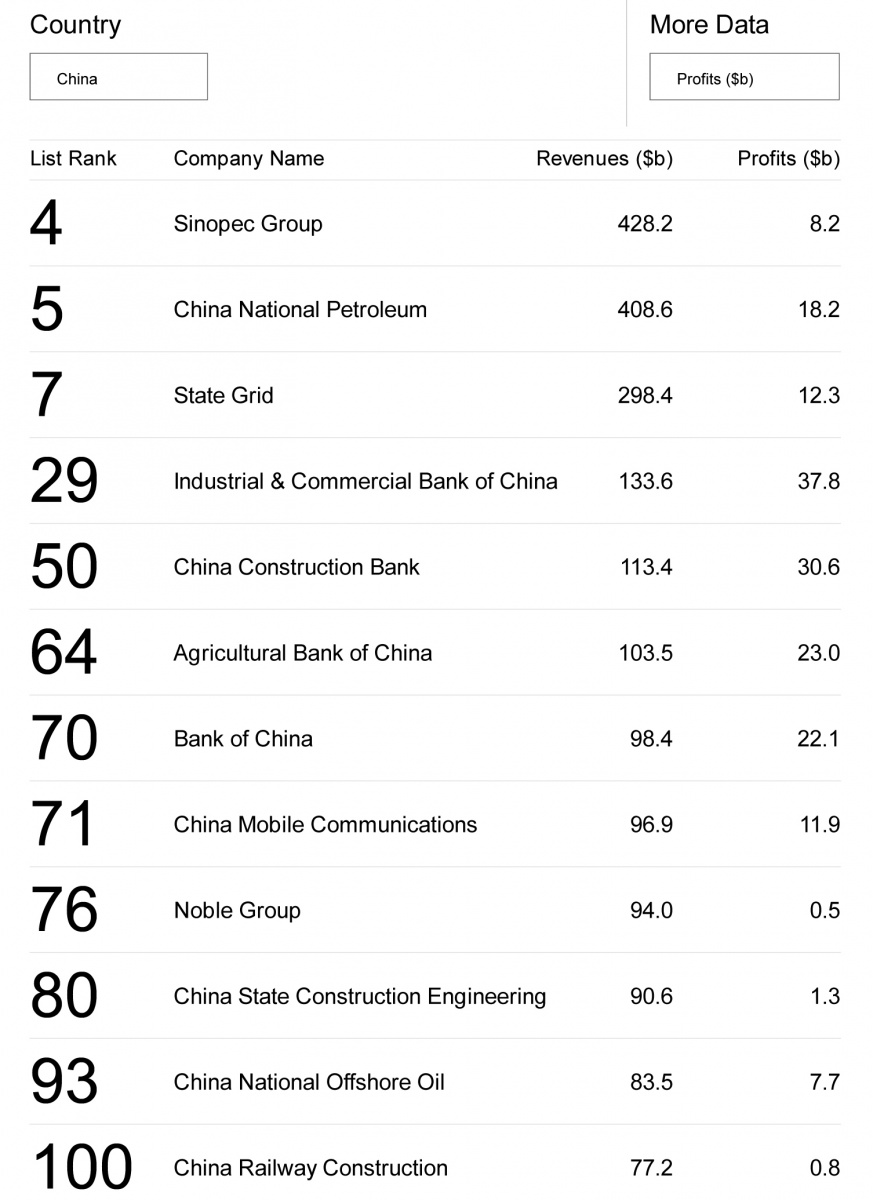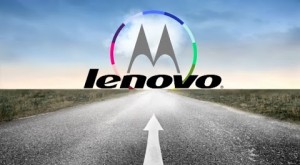Acquisition
Mindray Medical International Limited: Going Global from China
Mindray Medical International Limited was the second largest medical device manufacturer in China with global sales of 2.23 billion RMB in 2007. Since 2002, Mindray had launched between seven and nine new products every year across four product lines: Patient Monitoring & Life Support products, the In-Vitro Diagnostic Products, Medical Imaging Systems and Veterinary. In 2006, Mindray’s American depositary shares (ADS) were listed on the New York Stock Exchange. By the end of 2007, Mindray had sold medical devices to over 37,500 hospitals and clinics in China. It had 12 international offices and its products were sold in more than 140 countries.
However, the company’s US performance had not lived up to expectation and, recently, Mindray founder and chairman Hang Xu had been approached by a leading investment bank to discuss the potential acquisition of Datascope, a mid-sized American producer of medical devices for the global marketplace. What should Xu do?
Making a Success of an Acquisition!
China is sitting on a cash pile of US$3.8 trillion and recent data suggests that its outbound direct investments (ODI) have risen to almost the same level as in-bound foreign direct investment (FDI). If the trend continues, China will soon be a net outbound investor.
One key area for investment could and perhaps should be in acquiring international brands that would enable, particularly the Chinese national champions and the other large players (there are 89 Chinese companies in the latest Fortune Global 500 list), to leap on to the world stage rapidly and without the baggage of the Chinese country-of-origin (see last week’s blog).

The challenge, should we see a spate of such acquisitions, will be integration. The history of Chinese international acquisitions is mixed, much more so than that of companies from its other large Asian neighbor, India. Thus, for instance, TCL acquired Thompson of France back in the early days of this century, an acquisition that almost took it under.
Why did the acquisition fail? On the one hand, TCL’s bet on the rear-projection TV technology, a technology in which Thompson was a leader, did not pan out, as plasma and LCD screens came to dominate that industry. But, equally, TCL struggled with the integration of Thompson in to its business. Cultural differences in many ways proved insurmountable.
So what can Chinese acquirers learn from the much more successful acquisitions undertaken by Indian firms? The most important lesson is, humility is essential. While Chinese firms are arrogant and believe like many Western acquirers, that there is little to learn from the acquired company and that they can improve the performance of the acquired company by implementing their own and superior systems and processes, injecting their superior and more hardworking executives to “run the show”, and doing so at the much faster “China speed” that they are used to, Indian firms acquire with the view to learn what is good from the acquired company, improve what is not so good by injecting their own capabilities, and doing so gradually. In some sense, the old adage of being slow and steady to win the race applies equally to acquisitions.
To take this more humble but successful approach, perhaps the most difficult step will be to learn humility. Swept away by the “China Dream”–an idea that has been around for a while, but now is reaching fever pitch, pushed by the efforts of the current administration under President Xi Jinping–there is a general view of Chinese superiority which blinds acquirers to the superior aspects of the acquired firm, which, ironically, was the reason for the acquisition in the first place!
With humility in place, the rest is relatively easy. You can read more about that in my “The New Emerging Market Multinationals: Four Strategies for Disrupting Markets and Building Brands”. Indeed, a bit of humility and with the right acquisition team and process, Chinese companies could start becoming the acquirers of choice, just as the Indian acquirers have successfully become.
Does the market’s response to Lenovo’s acquisition of Motorola make sense?
Lenovo’s acquisition of Motorola from Google for $2.9 billion seems to have gone down badly among investors, with Lenovo stocks losing over 16% of their value since the announcement. The press suggests that the deal was not good for Lenovo because Google retained the majority of the patents that had been owned by Motorola. What’s not clear to me is why is the fact that Lenovo did not get the patents a concern for Lenovo?

Looking at pure numbers, Google paid $12.5 billion to acquire Motorola and it has been reported that the patents owned by Motorola are valued at around $5 billion. Additionally, for its acquisition price, Google gained access to $3 billion in cash that was with Motorola, and was able to sell Motorola’s set-top box business for another $2.35 billion. Google also has absorbed roughly $2 billion in losses since the acquisition, again according to reports. Given these number, it does not seem unreasonable for Lenovo to have paid $2.9 billion for Motorola, an acquisition which could prove transformative for Lenovo in the long run. Why do I think this?
Lenovo’s current business is dominated by PCs. Lenovo is the #1 player in this business, but being #1 in a shrinking category is cold comfort. Lenovo is the #4 smartphone player in the world, a position driven primarily by its #2 position in China, a market where growth is slowing, which is likely to force Lenovo to look overseas for growth. The Lenovo brand is just beginning to establish itself in the US and other developed markets, and it is hardly ready for an extension in to smartphones in most markets outside China.
The Motorola brand could be just the thing Lenovo needed to rapidly catapult itself in to the global smartphone business. First, in the US and around the world, the Motorola brand has presence in consumers’ minds a presence that is not only the result of Motorola’s pioneering efforts in the mobile phone industry but also due to its access to consumers through its numerous links with the carriers. For Lenovo, the sheer ubiquity of the Motorola brand both in terms of access and in consumers’ minds is very significant. Without the acquisition, it would have taken Lenovo years and vast sums of money to create the presence that Motorola offers instantly.
Second, the Motorola brand has relevance. Motorola is relevant in the mobile phone category, where it has had a long presence, making it both credible and trusted by consumers. Lenovo on the other hand has no relevance in the mobile phone or smartphone category outside of China, as it currently sells its smartphones primarily in China, with a small presence in a few other countries. As such, the Motorola brand gives Lenovo the opportunity to leap in to this category worldwide, instantly and with credibility.
Finally, Motorola is a storied brand with a history dating back to 1928. Thus, the brand provides an opportunity for Lenovo to differentiate itself in a highly competitive category. This differentiation is not only in comparison with the myriad of Chinese smartphone players that are flooding in to the market, but also in comparison to globally dominant players like Samsung and Apple. Whether Lenovo will be successfully able to leverage the Motorola brand’s heritage remains to be seen. But, given how adroitly Lenovo leveraged the ThinkPad brand it acquired from IBM a decade ago, there is no reason to count Lenovo out in this regard. Indeed, the markets were equally pessimistic when other EMNCs acquired storied MNCs like Motorola–e.g., Jaguar and Land Rover by Tata Motors in 2008, but the markets were wrong!
Only time will tell if the Motorola acquisition will be a game changer for Lenovo, but I am much more optimistic than either the market or the many pundits who have expressed concerns!

